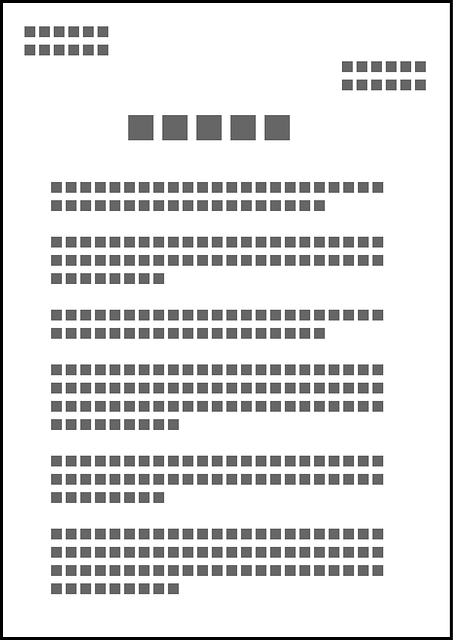Artistic integrity is paramount for translating UK art catalogs and exhibition brochures, ensuring they maintain their creative intent globally. Professional services employ linguists with art expertise, preserving linguistic expressions, idioms, and cultural context. This meticulous approach includes collaboration between translators and artists, QA checks, and advanced technology like AI-powered machine translation to enhance speed and accessibility while upholding artistic values. The ultimate goal is to provide top-tier UK Art Catalogs and Exhibition Brochures Translation Services, fostering global appreciation for UK art.
In today’s global art scene, preserving artistic integrity in translations is paramount. This article explores the nuances of translating UK art catalogs and exhibition brochures, highlighting challenges from cultural context to technical accuracy. We delve into strategies such as choosing the right translation services, artist-translator collaboration, and leveraging technology. Additionally, we provide quality assurance checks, showcase successful case studies, and forecast future trends in this specialized field, emphasizing the importance of authentic representation across languages.
- Understanding Artistic Integrity in Translation
- The Role of UK Art Catalogs and Exhibition Brochures
- Challenges in Translating Artistic Content
- Preserving Cultural Nuance and Context
- Choosing the Right Translation Services
- Collaboration Between Translators and Artists
- Utilising Technology for Accurate Translations
- Quality Assurance Checks for ArtTranslations
- Case Studies: Successful Artistic Translations
- Future Trends in Art Catalog and Brochure Translation
Understanding Artistic Integrity in Translation
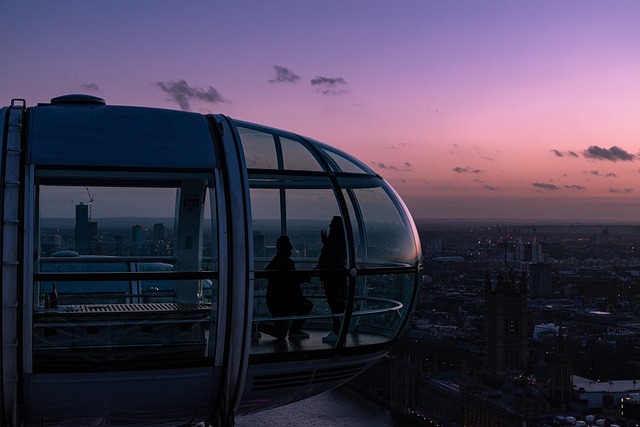
Artistic integrity in translation goes beyond mere word-for-word substitution. It involves capturing the essence, mood, and nuances of the original artwork or text, ensuring that the translated UK art catalogs and exhibition brochures remain true to their creative intent. This is particularly crucial for cultural heritage and artistic expression, where even a slight deviation can alter the piece’s meaning or aesthetic appeal.
Professional translation services specializing in art-related materials employ linguists with not just linguistic prowess but also a deep appreciation for art and culture. They understand that each language carries its own unique expressions and idioms, requiring creative adaptation to preserve the artistic vision while ensuring fluency and readability for the target audience. This delicate balance is essential for maintaining the impact and value of UK art catalogs and exhibition brochures in global markets.
The Role of UK Art Catalogs and Exhibition Brochures
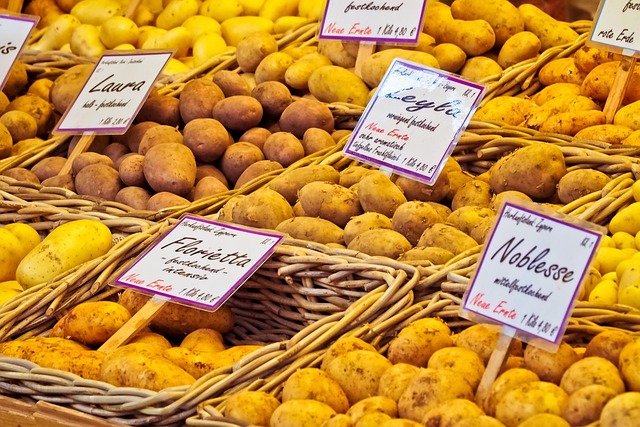
UK art catalogs and exhibition brochures play a pivotal role in representing artists’ work, making them essential for art enthusiasts, collectors, and institutions alike. These publications serve as visual tapestries, showcasing the artistic integrity of paintings, sculptures, and other creative expressions. When translating these materials into different languages, it’s crucial to preserve the original intent and meaning, ensuring that the cultural nuances and artistic essence remain intact.
Professional translation services for UK art catalogs and exhibition brochures must go beyond word-for-word accuracy. They should understand and capture the aesthetic and emotional elements conveyed by the artworks. This involves collaborating closely with artists, curators, and art historians to ensure that the translated texts complement the visual content, creating a harmonious symphony of words and images that resonate with global audiences.
Challenges in Translating Artistic Content
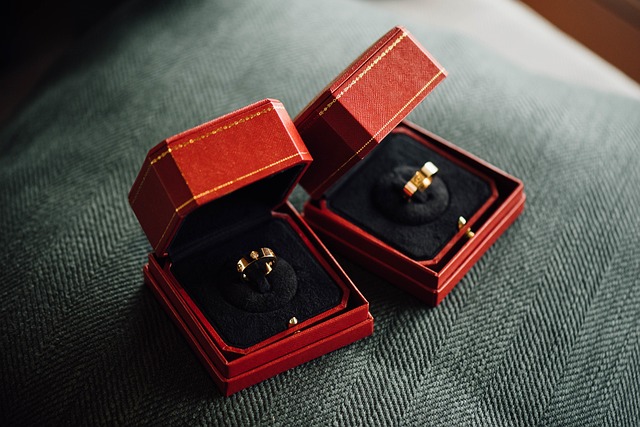
Artistic content, be it from UK art catalogs or exhibition brochures, presents unique challenges when translated. The primary hurdle lies in capturing the essence and aesthetic value of the original work. Words often fail to convey the emotional impact, subtle nuances, and artistic techniques that make a piece truly remarkable. Translators must possess not just linguistic proficiency but also an understanding of art history and cultural context to bridge this gap effectively.
Furthermore, maintaining the visual integrity is paramount. Art catalogs and brochures rely heavily on imagery, which can be difficult to represent accurately in another language or culture. Typeface choices, color schemes, and layout designs all play a part in the overall aesthetic experience. Professional translation services for these materials need to consider not just the text but also these visual elements to ensure that the final product does justice to the original artistic vision.
Preserving Cultural Nuance and Context

When translating UK art catalogs and exhibition brochures, preserving cultural nuance and context is paramount. Art is deeply rooted in its cultural setting, with expressions, metaphors, and references that may not translate directly. Professional translators specializing in this field understand the importance of capturing the essence of the original work, ensuring that the translation resonates with the target audience in a culturally meaningful way. They employ strategies like literal translations for key artistic terms, contextual adaptation for idiomatic expressions, and even incorporation of local cultural elements to enrich the translated content.
This meticulous approach goes beyond mere word-for-word substitution. It involves immersing oneself in the source culture to grasp its subtleties and then navigating the nuances of the target language and customs. For instance, UK art catalogs often include specific references to literary works, historical events, or regional dialects that hold significant artistic value. Skilled translators preserve this integrity by either explaining these references or finding equivalent cultural touchstones in the target market, thereby enhancing the overall artistic experience for readers worldwide.
Choosing the Right Translation Services
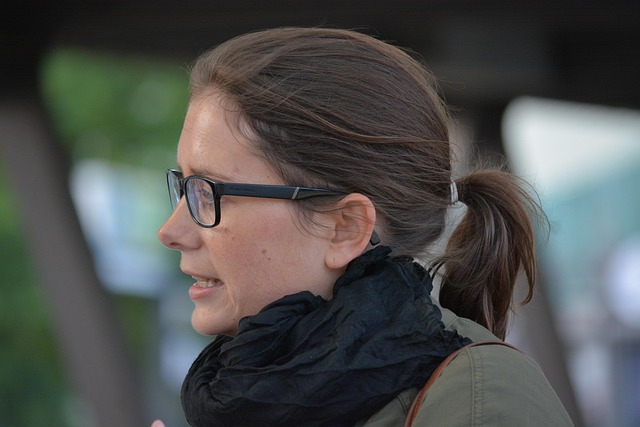
When it comes to translating UK art catalogs and exhibition brochures, selecting the right service is paramount to preserving artistic integrity. Look for providers that specialize in art and cultural documentation, as they often have language experts with a deep understanding of visual arts terminology and concepts. These professionals can capture not just the literal meaning but also the aesthetic essence of the original content.
Consider services that offer native-speaker translation, ensuring the translated text flows naturally and resonates with the target audience. Additionally, seek out companies with experience in layout and design preservation, as this is crucial for exhibition brochures. The visual impact and overall presentation should remain intact, showcasing the art accurately and engagingly, whether it’s for an international catalog or a local exhibition brochure.
Collaboration Between Translators and Artists
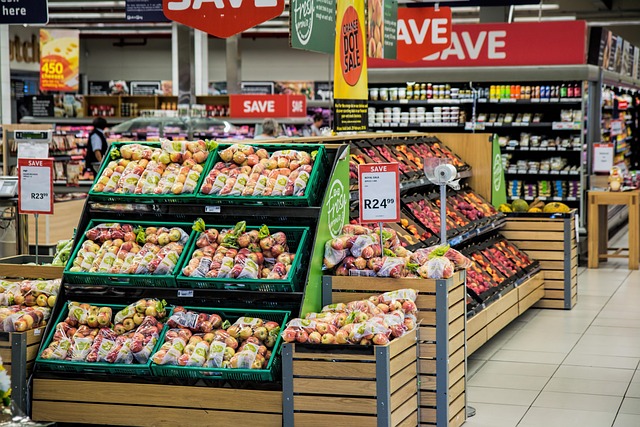
Collaboration between translators and artists is a key aspect of preserving artistic integrity in translations, especially for UK art catalogs and exhibition brochures. This partnership involves close communication to ensure that the original intent and aesthetic qualities of the artwork are conveyed accurately in the target language. Translators with an artistic background or expertise in visual culture can offer valuable insights into subtle nuances, cultural references, and symbolic meanings embedded in the artwork.
Such collaboration often includes discussions about terminology, style, and even creative solutions to bridge any gaps between the source and target languages. For UK art catalogs and exhibition brochures, which are vital marketing tools for galleries and artists, this process is crucial. It ensures that the translated text not only describes but also captures the essence of the artwork, enhancing the overall visitor experience and fostering a deeper appreciation of the cultural and artistic offerings presented.
Utilising Technology for Accurate Translations

In the realm of art, where nuances and cultural contexts play a pivotal role, preserving artistic integrity during translations is paramount. When it comes to UK art catalogs and exhibition brochures, accurate translations go beyond simple word-for-word substitutions. Technological advancements offer powerful tools to ensure these documents remain true to their original intent.
Professional translation services now leverage advanced machine translation software and language databases to capture the essence of artistic descriptions. By integrating AI algorithms, these services can handle complex terminologies specific to art, including unique terms related to different artistic movements and mediums. This enables UK-based galleries and artists to reach a global audience without compromising the integrity of their creative visions, making their catalogs and brochures as vibrant and engaging in foreign languages as they are in English.
Quality Assurance Checks for ArtTranslations

Maintaining artistic integrity is paramount when translating UK art catalogs and exhibition brochures, ensuring that the visual and textual elements capture the essence of the original work. Quality Assurance (QA) checks are an indispensable step in this process. These rigorous evaluations involve a team of experts who scrutinize every detail, from the accuracy of descriptions to the preservation of artistic styles and references.
For art translations, QA processes might include comparing side-by-side versions with the source material, verifying the consistency of terminology within art historical contexts, and ensuring that color palettes and design layouts remain faithful representations. This meticulous approach guarantees that UK art catalog and exhibition brochure translations not only convey information but also serve as a gateway to understanding and appreciating the artistic vision, catering to both local and international audiences.
Case Studies: Successful Artistic Translations

In the realm of artistic translation, particularly for UK art catalogs and exhibition brochures, several case studies highlight successful navigations of cultural and linguistic barriers while preserving artistic integrity. For instance, consider a recent translation project involving a renowned contemporary artist known for their abstract expressionist paintings. The challenge was to translate not only the text descriptions but also the aesthetic and emotive essence of each piece into another language without losing its original impact.
The translation team meticulously researched the cultural context and artistic trends of the target market, ensuring that the translated brochure would resonate with local audiences. They employed native speakers with a strong artistic background to capture the subtleties and nuances in both language and art. The result was a beautifully crafted catalog that not only accurately represented the artwork but also sparked interest and appreciation from readers across different linguistic landscapes, solidifying the role of professional translation services in promoting UK art globally.
Future Trends in Art Catalog and Brochure Translation

The future of art catalog and brochure translation in the UK looks set to be shaped by several emerging trends, driven by technological advancements and evolving market demands. One key trend is the increasing adoption of machine translation (MT) tools that leverage artificial intelligence (AI). While human translators will remain indispensable for their nuanced understanding of artistic contexts, MT can handle initial translations at speed and scale, making it an attractive option for smaller galleries and artists looking to reach broader audiences.
These technological advancements are complemented by a growing recognition of the importance of preserving artistic integrity in translation. This means not just translating words but also capturing the essence, cultural nuances, and aesthetic intent behind each piece of art. Specialized UK Art Catalogs and Exhibition Brochure Translation Services are investing in advanced post-editing processes and hiring translators with deep knowledge of art history, styles, and current trends to ensure that translations accurately reflect the original artistic vision.
In preserving artistic integrity in translations of UK art catalogs and exhibition brochures, a delicate balance must be struck between cultural adaptation and creative fidelity. By leveraging technology, collaborating closely with artists, and implementing rigorous quality assurance checks, translation services can ensure that the essence of artistic expression is maintained across languages. As we look to the future, adopting innovative tools and staying attuned to evolving cultural nuances will be key to enhancing the global appreciation of art through precise and impactful translations. This approach not only benefits translators and artists but also enriches audiences worldwide, fostering a deeper understanding and enjoyment of diverse artistic cultures.


